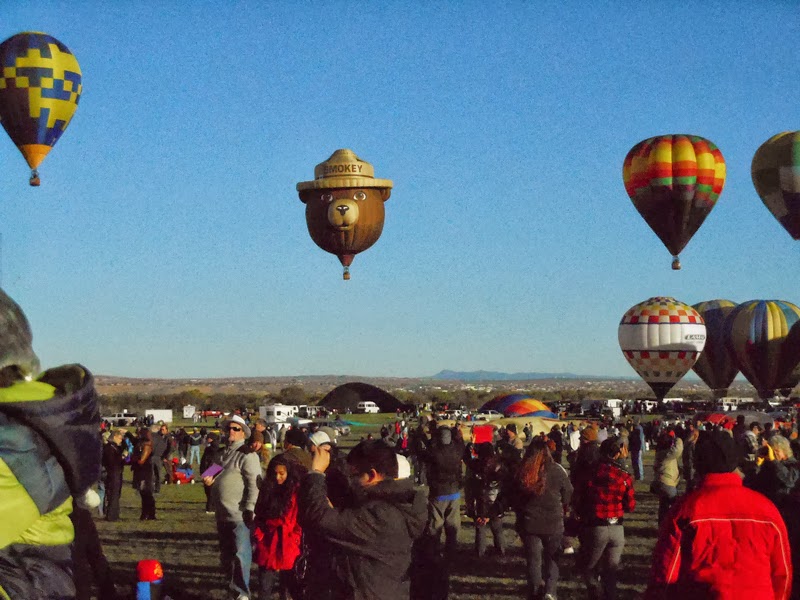Inevitably, the year's end is a time of
reflection. When I worked with my parents and brother on our old-fashioned
family Christmas letter, I came to realize what an epochal year this has
been, for all of us. Whether documenting and reporting rare bryophytes in the New River Gorge of West Virginia, teaching political science at a
prestigious university in Scotland, or representing
clients at bail hearings in Alaska—the Studlars have been
busy. (Sue, Don, and Ross pictured above, Carl pictured below.)
My portion of the letter reads as
follows:
“Ross has
declared 2013 'the year of the cave,' although that moniker does not
fully summarize the diverse events. His year began in West Virginia,
and the highlights of the first few months were environmental
activist events. He attended the Forward On Climate Rally in
Washington, D.C., then gained unique new education at Mountain
Justice Spring Break, a camp which drew student and professional
activists from around the country to rural West Virginia, to study
and protest mountaintop removal and fracking, in cooperation with
local concerned citizens. It featured classroom trainings, tours of
desecrated landscapes, and a march on the state capital. In the midst
of the camp, Ross received a job offer on his cell phone—from
Carlsbad Caverns National Park. Ross made the westward trek in his
Subaru Outback, first to the Grand Canyon for a backpacking trip with
a friend, then to Carlsbad, New Mexico. He served as a seasonal Park
Ranger from May through October. He guided tours of the developed
caverns, and led or acted as “caboose” for off-trail adventure
caving tours. He navigated the winding maze of Spider Cave and the
vertical climbs and tight squeezes of The Hall of the White Giant,
and was relieved to discover that he is not particularly
claustrophobic. He narrated evening bat flight programs, sharing
science and mythology about bats, before the swirling cloud of winged
mammals emerged from the cave's natural entrance. Ross made sure to
visit nearby Roswell to rekindle childhood fascinations with UFOs. A
few days before his expected layoff from Carlsbad Caverns, Ross
managed to secure a winter Volunteer Ranger position at Wind Cave
National Park, which is located in the black hills of South Dakota.
On his road trips, Ross met the archeological marvels of the
southwest, including multiple petroglyph sites, and the Great Houses
of Chaco Culture National Historical Park; he also visited natural
wonders like Delicate Arch and Cataract Canyon. Although Wind Cave's
complex maze of underground passageways has its intrigue, Ross has
been most enamored with the rolling prairies and pondersa pine
forests found at the surface, and their wildlife—including bison,
elk, pronghorns, coyotes, prairie dogs, and black-footed ferrets.
Ross also made two trips to the Pacific Northwest, to attend the
wedding of a friend from The Homestead, and to exhibit comics work at
the Portland Zine Symposium.”

My activist endeavors, and the stinging interruption in work from the government shutdown, should serve as a
reminder that there is much to be done to make the world better. This
interview with Noam Chomsky gives us a good reminder of the uphill
battle ahead, and that each of us CAN make a difference. In the face
of environmental, economic, and humanitarian crises, we should
remember the heroic life of Nelson Mandela, and strive to achieve a
tiny percentage of similar courage.
But on a lighter front, I wish to
reflect on my explorations of dark worlds, in the Year of the Cave. At Wind Cave, I will remember the winding tunnels and boxwork, which resembles ethereal spiderwebs. At Carlsbad Caverns, I
will remember the spacious Guadalupe Room, with its pincushion ceiling
of soda straws (thin stalactites.) To arrive there, we had to face the four
challenges of Hall of the White Giant, then go beyond, down
subterranean muddy slopes and boulder fields. I won't easily forget
Slaughter Canyon Cave, where, upon emergence from the blackout, I led
a crew of boy scouts to create a light show, by blinking our headlamps
onto the Christmas Tree, a formation that looked and sparkled like
its namesake. I keep a map of Spider Cave on my wall, the wondrous
maze, with its calcite formations that seem to be made of
marshmallows, and the dark red and gray pattern of crusts that grow
on its walls, the excrement of strange bacteria. Caves are truly
alien worlds, with life forms so strange that they—alongside deep
ocean extremophiles—have forced science to revisit and expand its
definition of life. And there are creatures quite related to us—the
bats—who perceive the world so differently, via echolocation, that
we cannot fully imagine what the world is like through their eyes. In
1974, philosophy professor Thomas Nagel asked “What is it like to
be a bat?,” and his essay had an influence on the study of
consciousness. I borrowed some of his ideas, and tried to blow minds
on my tours of the King's Palace at Carlsbad Caverns.
As surface dwellers, our bodies don't
know how to react to subterranea—we quickly lose orientation and
sense of time; and, with extended stays, our circadian rythms go out
of alignment. Long term cave explorers may keep awake and active for
24 hours or more, then take a long sleep.
Over time, people have found many
symbolic meanings in caves, from the dragon's lair to the womb of
Mother Earth. Carlsbad Caverns early explorer Jim White named the
first several features he encountered after the devil. Later
explorers named features after characters from Greek mythology, or
the Lord of the Rings series. The Mescalero Apache tell a story about
two disabled men who were lost in a cave, then visited by the
mountain spirits who led them to light, and granted them new powers
and new gifts. The Lakota tell a story of how the ancestors of their
people , and the bison, were created underground, and born into the
world via Wind Cave, the “breath of life hole.” As I journeyed
through caves, I came to know that strange combination of security
and fear, awe and apprehension, which cave explorers have known since
ancient times.
And caves are truly a new frontier.
Almost every square inch of earth's surface has been mapped, but many
thousands of miles of cave still lie in darkness and await discovery.
New and unimagined worlds await.
Top two photos by ©Susan Moyle Studlar
















































